Ahmed Saber Shravan
Lecturer, Department of Textile Engineering, Primeasia University; Bangladesh
Carding may be defined as the reduction or attenuating of the entangled mass of fibres to a filmy web by working between two closely spaced, relatively moving surface clothed with sharp wire points. The carding is the heart of the spinning mill & well carded is half-spun-demonstrate the immense significance of carding for the final result of the spinning operation. The importance of carding is still greater where new spinning systems are concerned.
Action Zone In Card Frame
In carding machine fibres are tested in different zone with respect to behaviour to fibres. The action zone of carding machine is listed below:
1. COMBING ACTION: FEED ROLLER AND TAKER-IN ZONE
The main task of this zone is opening of compact and large fibre package to micro tufts. In this zone, fibre mass (chute feed mat) is held by feed roller is opened by taker-in wire. It is a combination action of nipping of feed roller to point-of-tooth taker-in.
Technological Feature of Feed Roller-Taker-In Zone:
1. Type of action: Combing
2. Rotational direction of feed roller and taker-in is opposite.
3. Wire direction of feed roller and taker-in is same (face to back).
4. The material undergoes combing action.
5. Ratio of surface speed of taker-in is considerably higher than feed roller.
6. Distance setting ranges 20-30 thou. (1 thou = 0.001 inch)
2. STRIPPING ACTION: TAKER-IN AND CYLINDER ZONE
The main task of this zone is to transfer or stripping of the fibers to the cylinder. In this zone, fiber mass (microtuflets and individual fiber) is held on the taker-in clothing is take-up by the cylinder wire by the action of back of tooth (taker-in) to point of tooth (cylinder).
Technological Feature of Taker-In-Cylinder Zone:
1. Type of action: Stripping
2. Rotational direction of taker-in and cylinder is same.
3. Wire direction of taker-in and cylinder is same (face to back).
4. The material undergoes stripping action.
5. Ratio of surface speed of cylinder is considerably higher than taker-in.
6. Distance setting ranges 7-8 thou. (1 thou = 0.001 inch)
3. CARDING ACTION: CYLINDER AND FLAT ZONE
The main task of this zone is opening to individual fibres. In this zone, fibre mass (microtuflets and individual fibre) is held on the cylinder clothing is transported by the cylinder into the zone of revolving flats. Here, fibres are individualised by the action of point of tooth (cylinder) to point of tooth (flat).
Technological Feature of Cylinder-Flat Zone:
1. Type of action: Carding
2. Rotational direction of cylinder and flat is opposite.
3. Wire direction of cylinder and flat is opposite (face to face).
4. The material undergoes carding action.
5. Ratio of surface speed of cylinder is considerably higher than flat.
6. Distance setting ranges 8-12 thou. (1 thou = 0.001 inch)
4. DOFFING ACTION: CYLINDER AND DOFFER ZONE
The main task of this zone is to collection of individual fibres from cylinder surface. In this zone, fibre mass of individual fibre lying on the cylinder clothing surface known as cylinder web comes into contact with the doffer clothing. The transfer of fibre from cylinder to doffer is done by the action of point of tooth (cylinder) to point of tooth (doffer).
Technological Feature of Cylinder-Doffer Zone:
1. Type of action: Doffing
2. Rotational direction of cylinder and doffer is same.
3. Wire direction of cylinder and doffer is opposite (face to face).
4. The material undergoes doffing action.
5. Ratio of surface speed of cylinder is considerably higher than doffer.
6. Distance setting ranges 4-7 thou. (1 thou = 0.001 inch)
References:
1. Manual of Short Staple Spinning by Mohammed Farhad Mahmud Chowdhury
2. https://www.sciencedirect.com/topics/engineering/doffer
Texpedi.com
Check out these related articles:

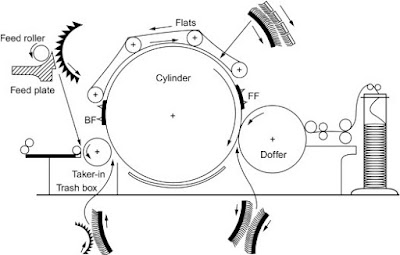
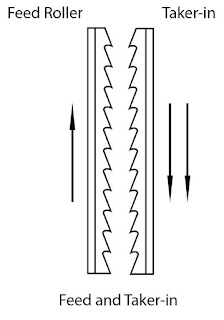
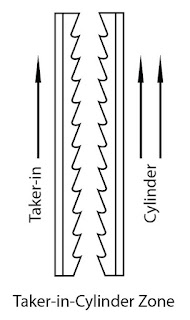
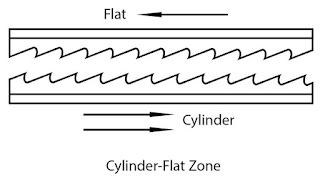
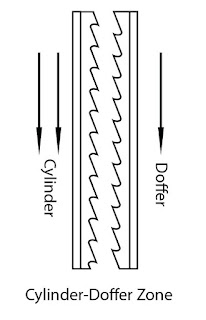
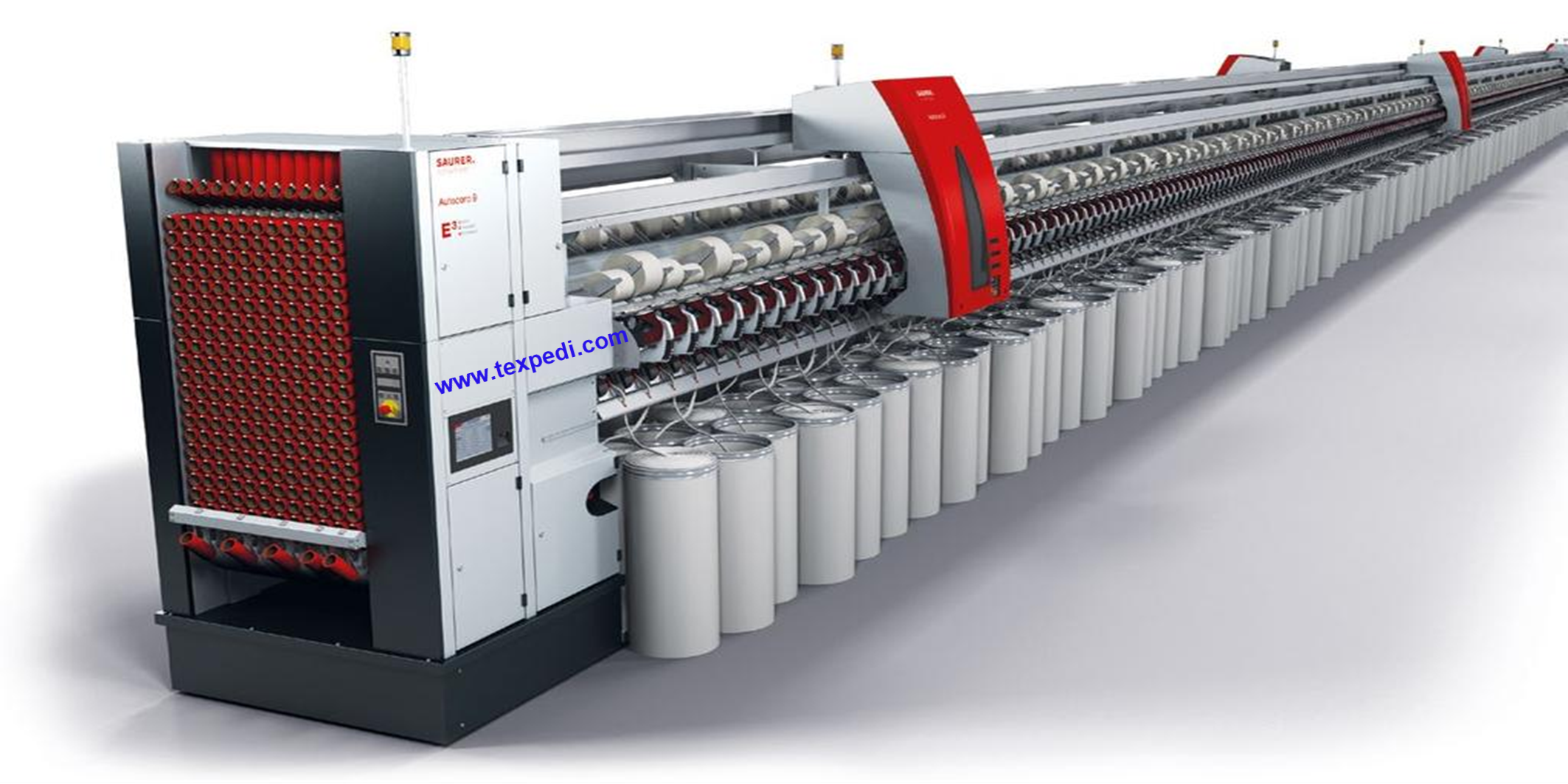
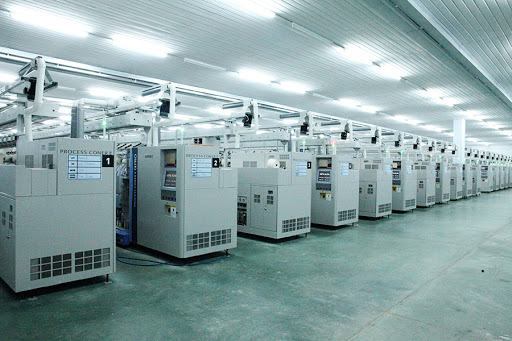

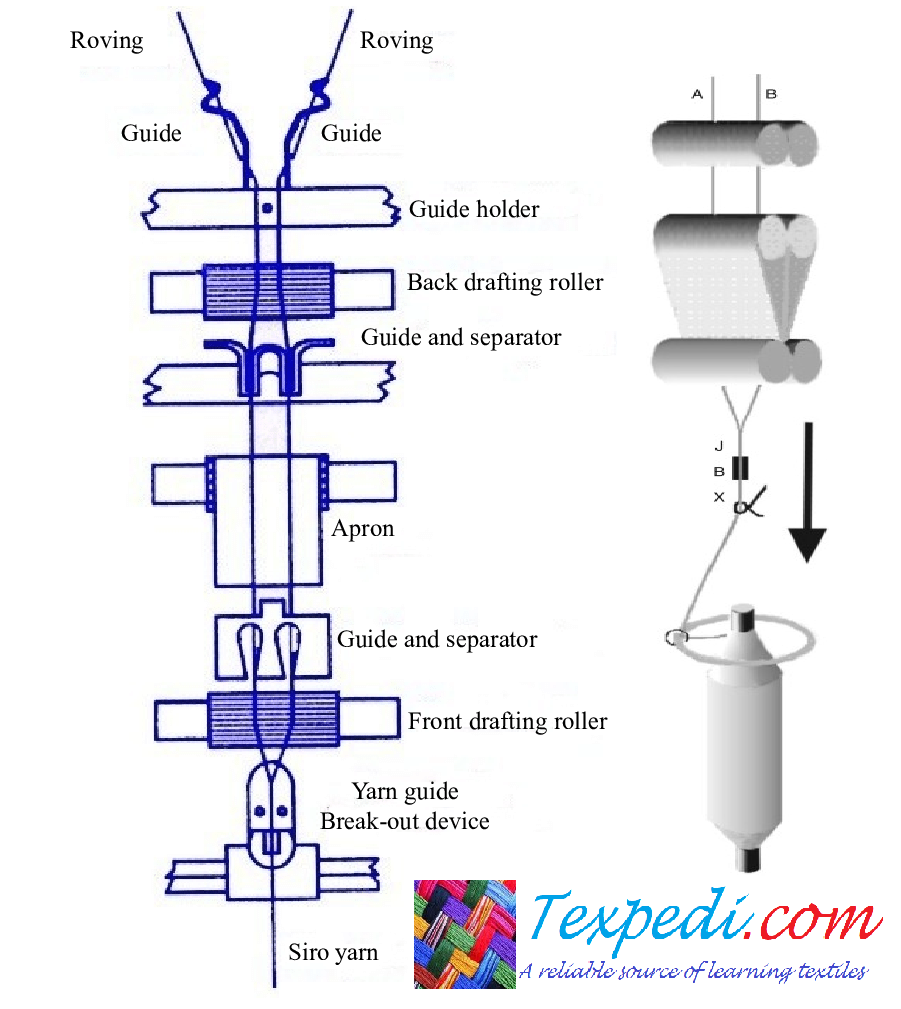




visit our site for more carding course
https://cardingzone007.blogspot.com
Very nice sir…It will be very helpful for students like us…❤❤